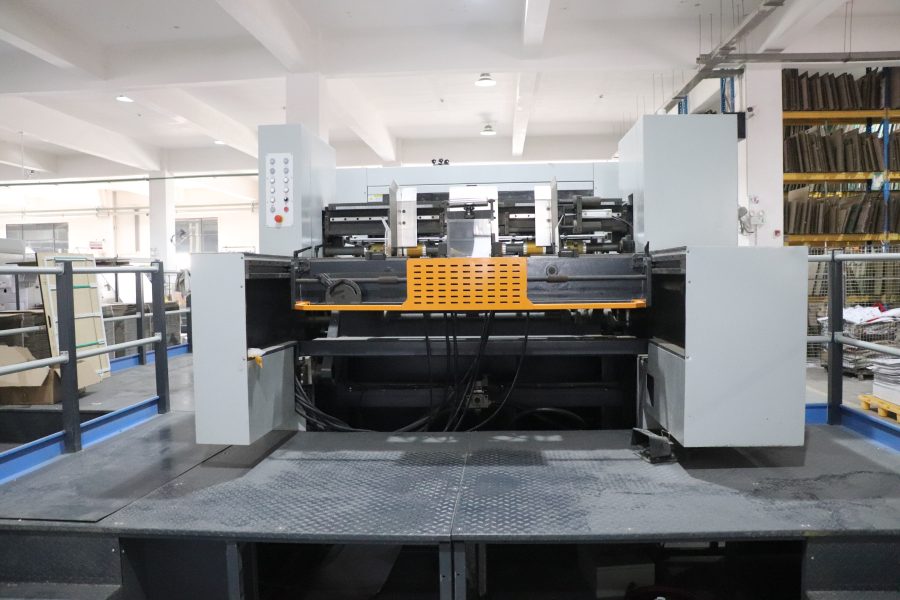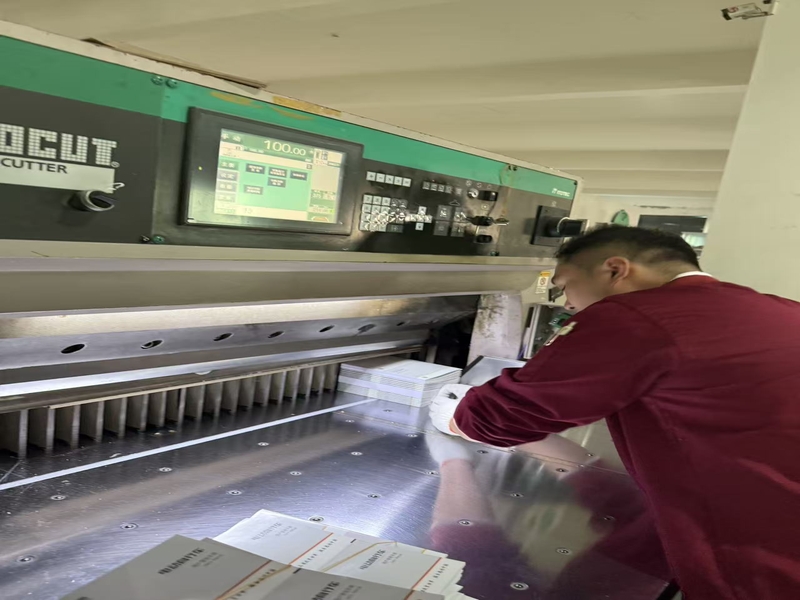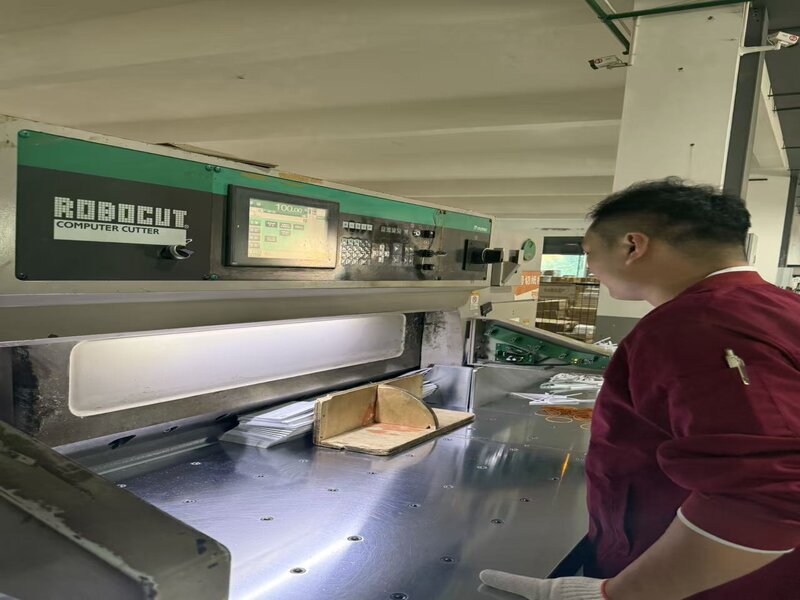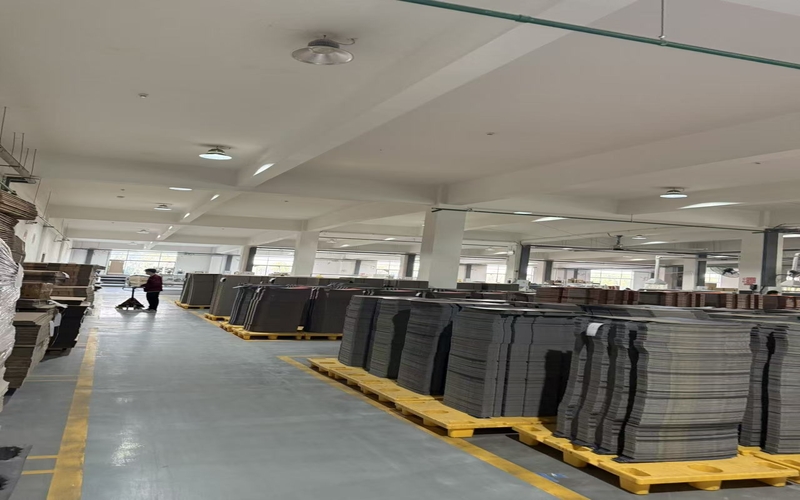What are The Technical Indicators in The Packaging and Printing Industry
Categories of Technical Indicators in Packaging Printing:

1. Pre-Press & Design
These relate to the digital file preparation before printing.
· File Format: AI (Adobe Illustrator), PDF (Print-ready), EPS, high-resolution PSD/PNG/TIFF.
· Color Mode: CMYK (for standard color printing), Spot Colors (e.g., Pantone PMS colors for brand-specific inks), Grayscale.
· Image Resolution: Minimum 300 DPI (Dots Per Inch) for high-quality print output.
· Bleed: Typically 3mm extra area beyond the trim line to avoid white edges after cutting.
· Safety Margin: A 3-5mm inner zone from the trim line where critical text/elements must be kept to avoid being cut off.
· Fonts: All text must be outlined or embedded in the final PDF to avoid substitution issues.
· Trapping: Minimal overlap between adjacent color areas to prevent white gaps due to misregistration.
2. Substrate (Printing Material)
The properties of the material being printed on.
· Material Type: Paperboard, Corrugated Cardboard, Coated/Uncoated Paper, Plastic (PET, PP, PE), Metal, Glass.
· Grammage / Basis Weight: Measured in GSM (Grams per Square Meter) for paper/board or microns for plastic films. Indicates thickness and stiffness.
· Caliper / Thickness: Measured in microns (μm) or points (1 point = 0.001 inch). Critical for die-cutting and folding.
· Brightness / Whiteness: Measured as a percentage; affects color vibrancy.
· Opacity: The degree to which the substrate shows through from the other side.
· Surface Smoothness / Gloss: Affects ink adhesion and final appearance.
3. Printing Process
Indicators related to the application of ink.
· Color Density: The darkness or intensity of a printed color, measured with a densitometer.
· Dot Gain: The phenomenon where halftone dots print larger than intended, affecting mid-tone detail. Typically should be <12-18%.
· Print Contrast: The difference between solid ink density and shadow detail, indicating image sharpness.
· Ink Adhesion: How well the ink sticks to the substrate, tested via tape peel tests.
· Mottling: An uneven, blotchy appearance of solid ink areas.
· Scumming / Tinting: Unwanted ink appearing in non-image areas.
4. Color Management
Critical for brand consistency and accuracy.
· Delta E (ΔE or dE): The single most important metric for color difference. A ΔE of less than 3 is generally considered acceptable for most commercial print, while a ΔE of less than 2 is needed for high-end brand colors.
· Ink Formulation: Precise mixing of Spot Colors to match standards (e.g., Pantone guides).
· Color Bar: A strip of color patches printed on the edge of the sheet for quality control measurements.
· Metamerism: When two color samples match under one light source (e.g., daylight) but not under another (e.g., fluorescent light).
5. Post-Press & Finishing
Processes after the ink is applied.
· Die-Cutting Accuracy: Precision of the cut shape, measured in millimeters. Critical for assembly.
· Creasing / Folding Quality: Sharpness of the fold line without cracking the surface.
· Bursting Strength / Mullen Test: The pressure required to rupture corrugated board (measured in kPa or psi).
· Gloss Level of Varnish/Coating: Measured in Gloss Units (GU) at specific angles (e.g., 60°).
· Lamination Bond Strength: Adhesion strength of the laminated film to the printed substrate.
· Embossing/Debossing Depth: The height/depth of the raised or recessed design.
6. Functional & Performance Testing
Especially important for packaging that protects products.
· Abrasion / Rub Resistance: The ink's ability to withstand rubbing/scuffing, tested with a Sutherland Rub Tester.
· Lightfastness: Resistance to fading when exposed to UV light.
· Heat Seal Strength: For flexible packaging, the strength of the seal that closes the package.
· Water / Solvent Resistance: The ink's ability to withstand moisture or chemicals without smudging.
· Bar Code Verification: Assessment of barcode scannability, including Minimum Reflectance Difference (MRD), symbol contrast, and decodability to ANSI/Grade.
Summary Table for Quick Reference
Category Key Technical Indicators Common Units / Standards
Pre-Press Resolution, Bleed, Color Mode, Fonts DPI, mm, CMYK/Pantone, Outlined
Substrate Grammage, Thickness, Opacity GSM, microns (μm), %
Printing Color Density, Dot Gain, Ink Adhesion Density, %, Tape Test
Color Delta E (ΔE), Metamerism dE value (target < 2-3)
Finishing Die-Cutting Accuracy, Folding Quality, Gloss mm, Crack-free, GU
Performance Abrasion Resistance, Seal Strength, Bar Code Grade Cycles, N/15mm, ANSI Grade
By specifying these technical indicators, you can ensure clear communication with your printing partner and achieve a high-quality, consistent final product.







